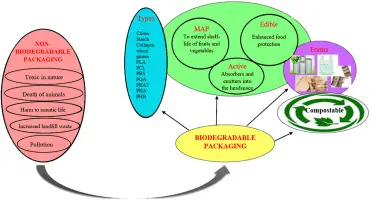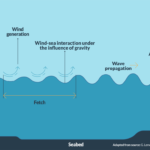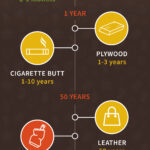Biodegradable substances decompose naturally by microorganisms, while nonbiodegradable materials do not break down easily and persist in the environment. The distinction is crucial for understanding environmental impacts and waste management.
Biodegradation plays a key role in maintaining ecological balance. As we delve into the realm of waste hierarchy, the terms ‘biodegradable’ and ‘nonbiodegradable’ are spotlighted, particularly in education fields such as Class 10 environmental science. Biodegradable materials are allies in reducing waste footprint, transforming into water, carbon dioxide, and biomass with the aid of bacteria, fungi, and other biotic factors.
Conversely, nonbiodegradable items challenge environmental sustainability, lingering for years and often contributing to pollution. This simple, yet profound difference underpins many discussions around sustainable practices and the selection of materials for everyday use. Emphasizing the environmental consequences of these two categories is essential for fostering a future generation that is conscious of its choices and their long-term effects on our planet.
The Basics Of Biodegradation
The Basics of Biodegradation refer to the natural breakdown of materials by microorganisms such as bacteria and fungi. Understanding these processes helps us separate biodegradable from nonbiodegradable substances. Biodegradable materials decompose naturally, turning back into non-toxic, earth-friendly components. Nonbiodegradable items, on the other hand, persist in the environment for long periods. Dive into the world of decomposition to explore the critical distinctions.
Key Properties Of Biodegradable Materials
- Renewable sources: They are often made from plant or animal sources.
- Chemical structure: This allows easy breakdown by natural enzymes.
- Decomposition: These materials turn into water, carbon dioxide, or biomass in a short time frame.
- Environmental impact: They reduce pollution and are less harmful to wildlife and ecosystems.
Natural Decomposition Processes
Nature’s recycling system efficiently handles biodegradable materials. Microorganisms play the hero role by consuming and decomposing these substances. This process typically involves:
- Organisms like bacteria and fungi breaking down materials.
- The transformation into water, carbon dioxide, and compost.
- The release of nutrients back into the soil fostering new growth.
Such natural cycles ensure that biodegradable materials don’t pile up in our environment, unlike their nonbiodegradable counterparts.

Credit: pubs.acs.org
Understanding Non-biodegradable Substances
Non-biodegradable substances are materials that don’t break down naturally. These substances linger in the environment for many years. They can come from a range of sources like plastic, metal, and other synthetic materials. Let’s delve deeper into their characteristics and their long-term effects on our planet.
Characteristics Defining Non-biodegradability
The main traits of non-biodegradable items include:
- Resistance to natural processes: They do not decompose easily.
- Chemical structure: Their complex makeup hinders breakdown.
- Duration: They persist in the environment for decades to centuries.
Long-term Environmental Impacts
The lasting effects on our ecosystem are significant. Here’s what happens:
| Impact | Description |
|---|---|
| Pollution | They contribute to land, water, and air pollution. |
| Wildlife Hazard | Animals can ingest or become trapped by these materials. |
| Resource Drain | They take up space in landfills, limiting room for biodegradable waste. |
Comparing Decomposition: Biodegradable Vs Non-biodegradable
Understanding how materials break down helps us protect the Earth. Biodegradable items decompose naturally, turning into nutrient-rich soil. On the other hand, non-biodegradable items can’t break down easily, leading to pollution. Let’s dive into their differences in detail, looking at the time it takes for them to decompose and the role of tiny life forms in this process.
Time Frame For Breakdown
Biodegradable materials break down quickly, ranging from days to a few years. Organic matter, like banana peels, turns into compost in weeks.
| Material | Biodegradable Time Frame | Non-Biodegradable Time Frame |
|---|---|---|
| Vegetable scraps | 1-2 weeks | N/A |
| Paper | 2-5 months | N/A |
| Plastic bags | N/A | 10-1,000 years |
Non-biodegradable materials take much longer. Plastic items may persist for centuries. This threatens wildlife and ecosystems.
Involvement Of Microorganisms
Microorganisms play a key role in turning biodegradable waste into soil. They eat natural materials, leaving behind nutrients.
- Worms, bacteria, and fungi break down organics.
- Biodegradable items support these tiny helpers.
Non-biodegradable substances resist this process. They do not support life due to their artificial nature.
- Microbes cannot digest plastics and metals.
- This leads to longer persistence in the environment.
Environmental Implications
Understanding the impact of biodegradable and nonbiodegradable items is key for Class 10 students. It’s not just about how they decompose. It’s about their long-term effects on our planet. Let’s dive into how these materials affect our environment.
Effects On Soil And Water
Biodegradable materials break down naturally. They become part of the soil, helping plants grow. Nonbiodegradable items don’t play nice. They stay in the soil for years, even centuries. Let’s look closer:
- Soil Fertility: Biodegradable waste adds nutrients back into the soil.
- Water Pollution: Nonbiodegradable waste often ends in water bodies, causing major issues.
These materials can choke up waterways, harm aquatic life, and disrupt the natural balance.
Wildlife And Human Health Concerns
Wildlife often mistakes nonbiodegradable trash for food. This can be fatal. For humans, the story isn’t much better:
| Biodegradable | Nonbiodegradable |
|---|---|
| Generally safe for animals and humans. | Can release toxic chemicals into food and water. |
These consequences echo through our food chain. They eventually reach us, leading to health issues.
Making Informed Choices
Students often ask about the stuff that breaks down in nature and what does not. Understanding this helps us make better choices for the planet. Let’s look at how we can pick wisely and care for the Earth.
Sustainable Consumption And Production
Sustainable consumption means using products that do not harm our Earth. It is picking things that nature can absorb back again. This is how we can avoid waste that stays for years without breaking down.
Here are tips for being sustainable:
- Choose products that say ‘biodegradable’.
- Reduce the use of single-use plastics.
- Recycle what you can.
- Compost your kitchen waste at home.
Role Of Education And Awareness
Schools play a big part in teaching kids about environment-friendly habits. Awareness starts with learning the difference between ‘biodegradable’ and ‘non-biodegradable’.
Here is what education does:
- Teaches the impact of different kinds of waste.
- Encourages the use of green products.
- Spreads knowledge on how to recycle and compost.
- Builds habits that protect our planet.
Together, we can make better choices for our future. Let’s care for Earth with each thing we use and throw away.
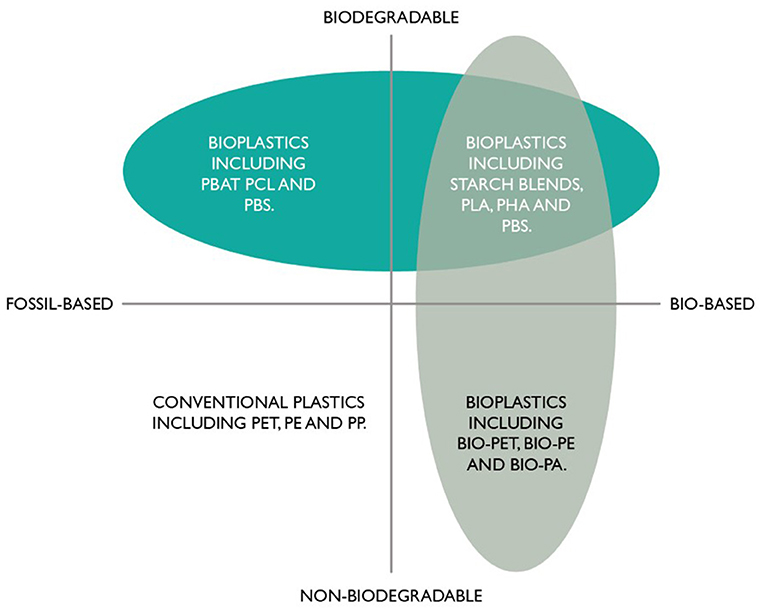
Credit: www.frontiersin.org
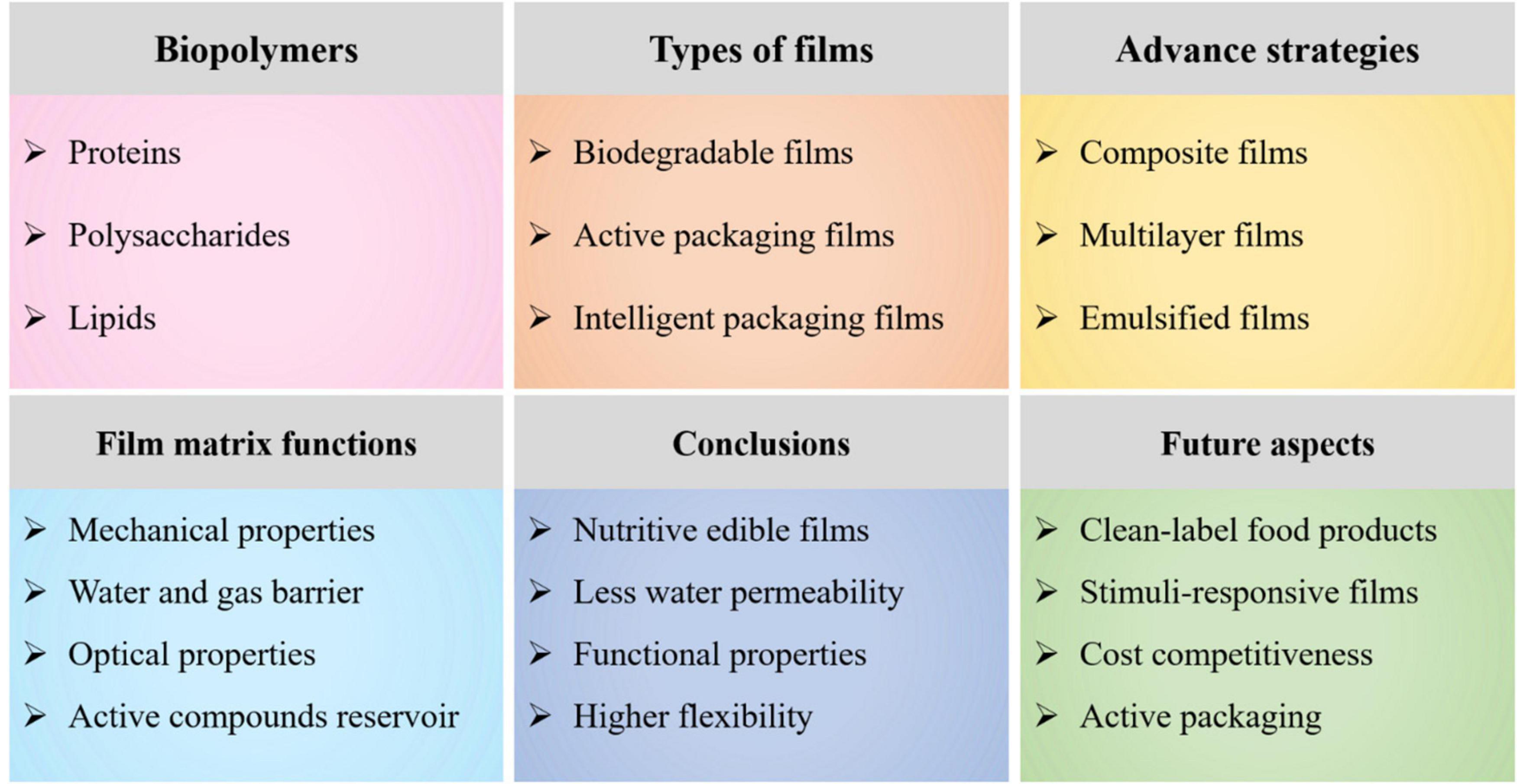
Credit: www.frontiersin.org
Frequently Asked Questions On What Is The Difference Between Biodegradable And Nonbiodegradable Class 10
What Defines Biodegradable Materials?
Biodegradable materials are those that can decompose naturally by microorganisms. They break down into natural elements, like water, carbon dioxide, and biomass, often within weeks to months.
How Do Non-biodegradable Items Impact The Environment?
Non-biodegradable items persist in the environment for years, contributing to pollution. They don’t break down easily, leading to waste accumulation and harm to wildlife and natural habitats.
What Are Common Examples Of Biodegradable Waste?
Typical biodegradable waste includes food scraps, paper, and yard waste. These items decompose quickly under the right conditions, returning nutrients back to the earth.
Can Non-biodegradable Waste Be Recycled?
Many non-biodegradable items, such as plastics and metals, can be recycled. Recycling them conserves resources and reduces environmental pollution by diverting waste from landfills.
Conclusion
Understanding the distinctions between biodegradable and nonbiodegradable waste is crucial. It shapes our approach towards waste management and environmental protection. Our choices can have lasting impacts, either helping to preserve our planet or contributing to ongoing pollution. Let’s commit to sustainable practices, for a cleaner Earth for all.

